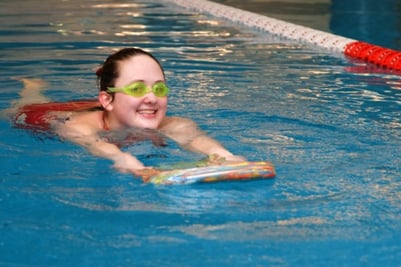 Salutations NIFS friends! Our facility has a partnership that allows members access to lap swimming at the IU Natatorium. This amenity is something that has been on many bucket lists for some time, and now that we can say we have a pool, it’s time to get in there and take advantage of it. While the benefits of swimming are undeniable, there are some great points we can discuss for people (like me) who have found it a little more challenging to float. This blog will bring to light some interesting facts and some general ideas that can make your next swim (or float) more efficient, effective, and fun.
Salutations NIFS friends! Our facility has a partnership that allows members access to lap swimming at the IU Natatorium. This amenity is something that has been on many bucket lists for some time, and now that we can say we have a pool, it’s time to get in there and take advantage of it. While the benefits of swimming are undeniable, there are some great points we can discuss for people (like me) who have found it a little more challenging to float. This blog will bring to light some interesting facts and some general ideas that can make your next swim (or float) more efficient, effective, and fun.
The Effects of Body Fat on Swimming
A big question that many new swimmers have is, “Why do I sink and you float?” The answer can be correlated to your body density and body fat percentage. Because fat is less dense than water, it floats. If you are an individual who carries a higher percentage of body fat, you are more likely to stay above the water surface. Competitive swimmers, therefore, would have an advantage to having both strong muscles as well as low body fat.
Using Aerodynamics to Your Advantage
Something else that you may notice is that some people who swim wear drag suits. The idea behind this is to increase resistance, therefore making the exercise more difficult. When a person competes, they wear normal swimming gear (making the exercise easier). There are advantages to this technique, but because most of us are recreational exercise swimmers and not in competition, this may be a moot point.
Along the same lines, you will see Olympians who not only use the drag suits, but also shave all body hair in the hope that they can shave :01 seconds off their personal best. NIFS personal trainer Kris Simpson suggests, “If you just want to swim, and do not care how fast, the extra resistance [of body hair] will get you a better workout and calorie burn.”
Treading Water for Fitness
As a total beginner, I find swimming can be quite challenging. Inefficient movements and lack of knowledge make long-distance routines almost too hard to bear and definitely less enjoyable. What I have found to be a great exercise, without using a lot of space or thought, is treading water. Basically, find a deep enough place in the pool where you can stay stationary in the water (no touching bottom or the sides) for a time. Then tread water for time, starting off with a minute and working upward. Add drag for more calorie-burning fun.
Get Started in the Pool
Whether you are swimming toward an Olympic dream or just trying to keep your head above water, swimming is undeniably a great exercise that cannot be overlooked. For NIFS members who are eligible, stop by the NIFS service desk to get your Natatorium pass. Also, see Kris Simpson about HIT classes or Aqua Fitness over to the “Nat”.
As always muscleheads, rejoice and evolve!
This blog was written by Thomas Livengood, Health Fitness Instructor at NIFS. To find out more about the NIFS bloggers click here.


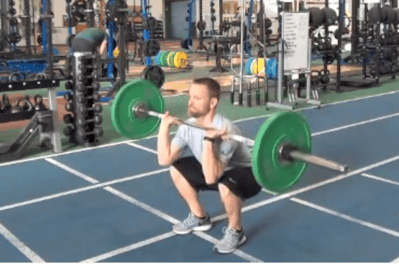 Burning more calories, developing more strength, and building the ultimate body in less time is an equation I think we can all get behind. In our world of “on-the-go” fitness—and, well, pretty much everything—finding ways to get more done in less time is a priority in many of our lives. But being effective and getting things done are two different things, in my opinion, and movement does not always result in progress. Being efficient and getting results at the same time in your fitness programming takes planning and choosing the best exercises for your desired outcomes.
Burning more calories, developing more strength, and building the ultimate body in less time is an equation I think we can all get behind. In our world of “on-the-go” fitness—and, well, pretty much everything—finding ways to get more done in less time is a priority in many of our lives. But being effective and getting things done are two different things, in my opinion, and movement does not always result in progress. Being efficient and getting results at the same time in your fitness programming takes planning and choosing the best exercises for your desired outcomes.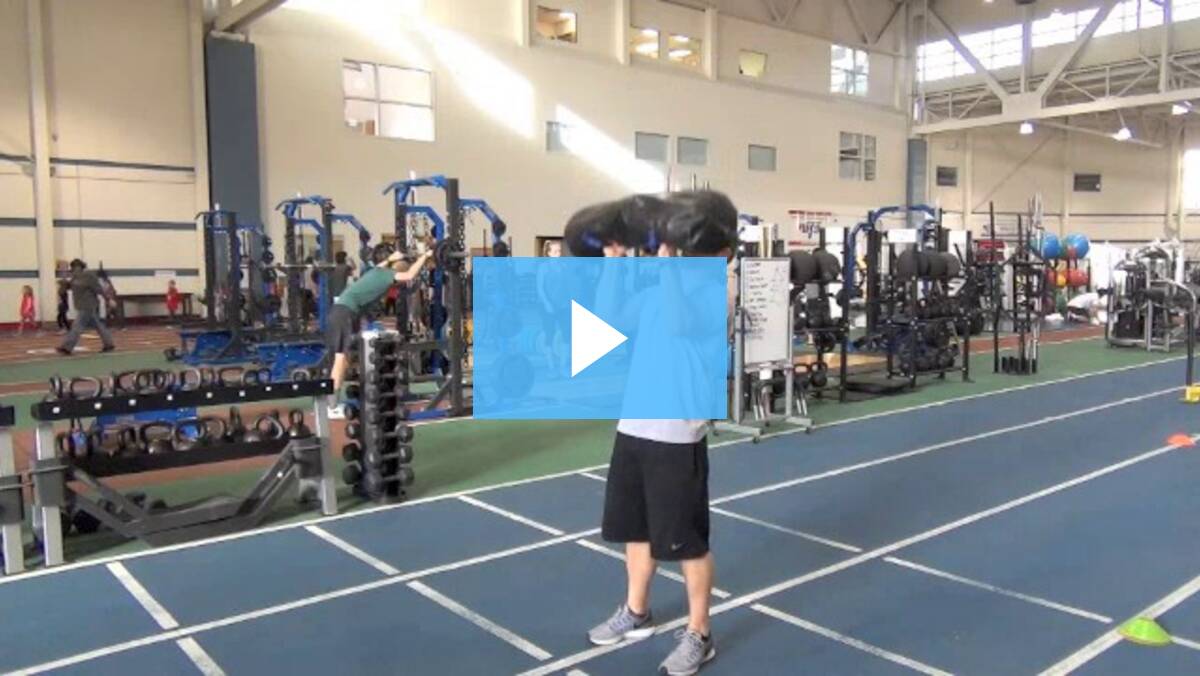
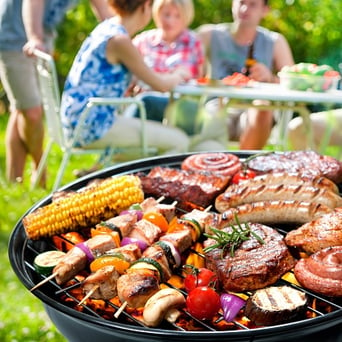 The weather is warming up, the flowers are coming out, and daylight is around much longer at night. All of these things mean one thing: time to start grilling again! Having a barbecue or cookout is a wonderful way to do a majority of your cooking because it is a healthy preparation method and leaves little to no cleanup in the kitchen!
The weather is warming up, the flowers are coming out, and daylight is around much longer at night. All of these things mean one thing: time to start grilling again! Having a barbecue or cookout is a wonderful way to do a majority of your cooking because it is a healthy preparation method and leaves little to no cleanup in the kitchen! After spending some time a few weeks back with my pregnant sister-in-law, it dawned on me the essentials of knowing what to do in terms of nutrition and exercise during each trimester of pregnancy. We spent some time working out together and talking about what is safe, what to avoid, and the changes that the body goes through. And while most of the blogs that we write tend to revolve around our comfort level and expertise, I thought I’d get out on a limb a little bit and write about some key things regarding exercise and nutrition while pregnant.
After spending some time a few weeks back with my pregnant sister-in-law, it dawned on me the essentials of knowing what to do in terms of nutrition and exercise during each trimester of pregnancy. We spent some time working out together and talking about what is safe, what to avoid, and the changes that the body goes through. And while most of the blogs that we write tend to revolve around our comfort level and expertise, I thought I’d get out on a limb a little bit and write about some key things regarding exercise and nutrition while pregnant.
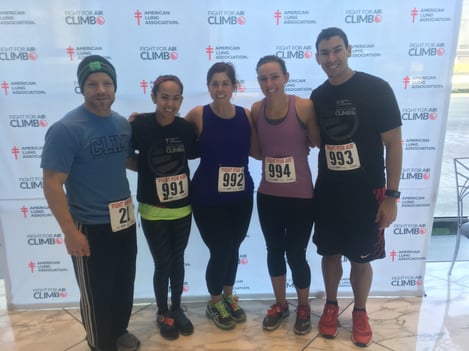 A few years back I participated in my fourth
A few years back I participated in my fourth 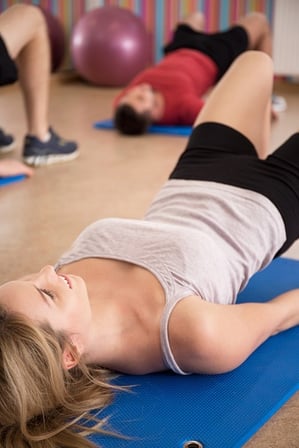 The benefits and importance of developing the glutes in sports performance, fitness, and physique is a popular topic these days and has been for quite some time. In fact, an entire industry is built around shaping the perfect backside for some, and developing the most powerful athlete for others.
The benefits and importance of developing the glutes in sports performance, fitness, and physique is a popular topic these days and has been for quite some time. In fact, an entire industry is built around shaping the perfect backside for some, and developing the most powerful athlete for others. 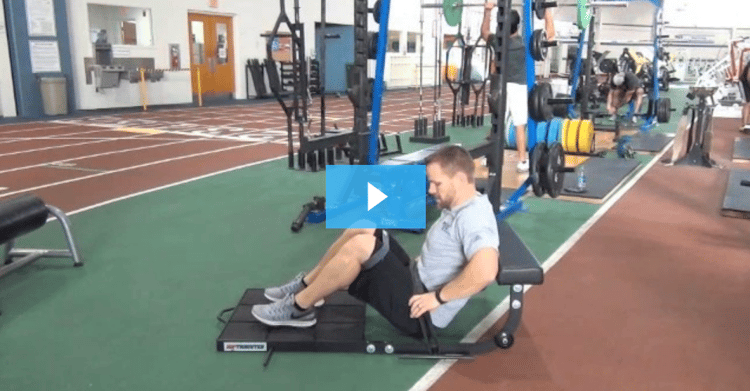
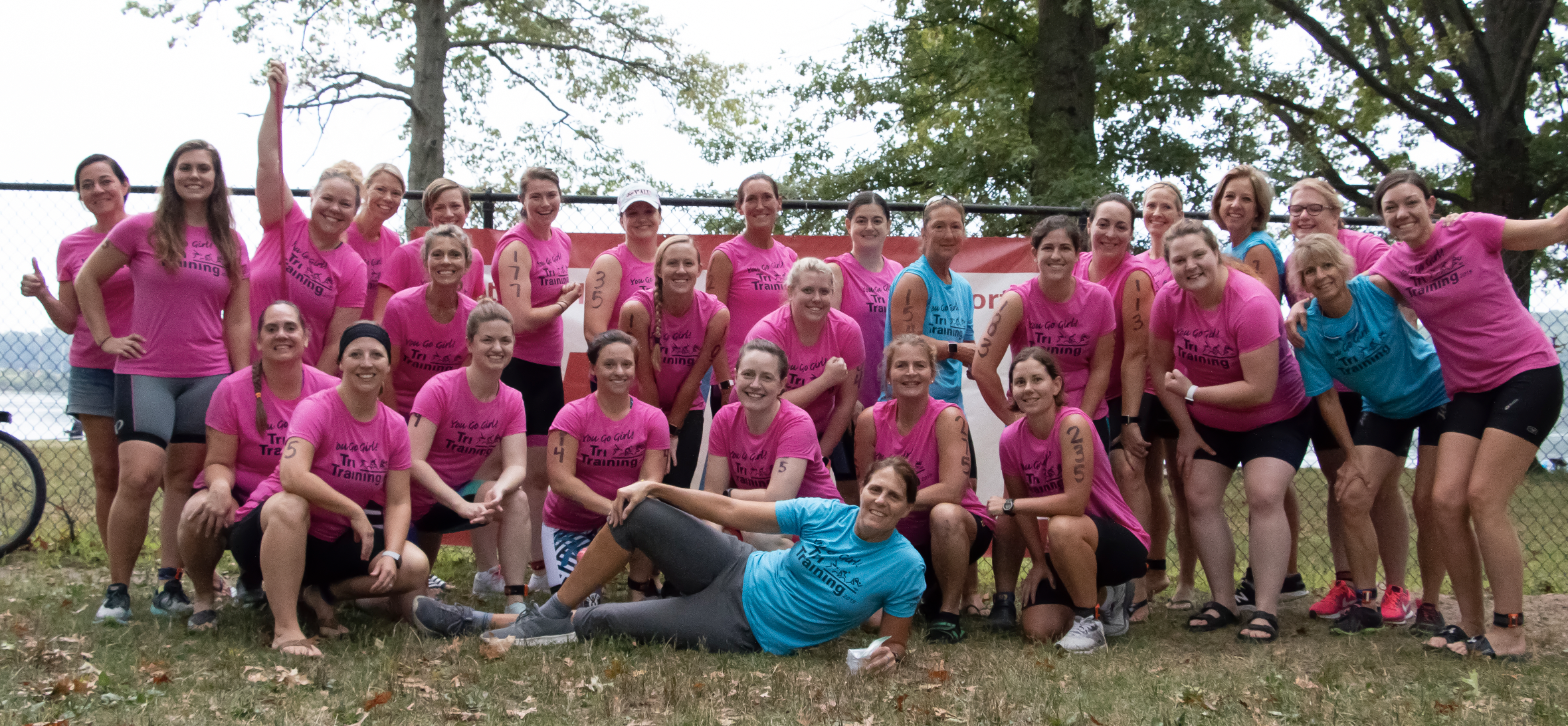 One of
One of 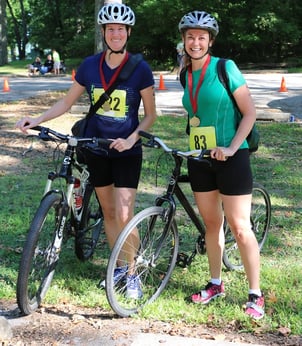 Training within a group or team setting provides you with more than you thought you needed to meet your fitness goals. And training with a group of people who are working for the same thing can be powerful and even unstoppable!
Training within a group or team setting provides you with more than you thought you needed to meet your fitness goals. And training with a group of people who are working for the same thing can be powerful and even unstoppable!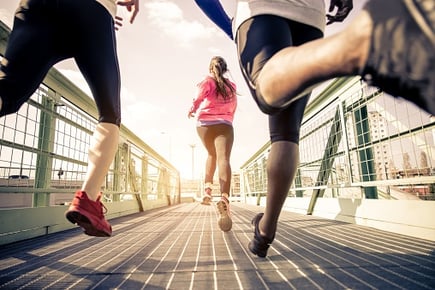 Having strong glutes is essential for reducing your risk of injury and preventing lower back pain. Those muscles help protect your knees while walking and running, they help you with your speed, and they stabilize the entire leg. Without strong glutes, the entire lower body may fall out of balance causing other injuries
Having strong glutes is essential for reducing your risk of injury and preventing lower back pain. Those muscles help protect your knees while walking and running, they help you with your speed, and they stabilize the entire leg. Without strong glutes, the entire lower body may fall out of balance causing other injuries
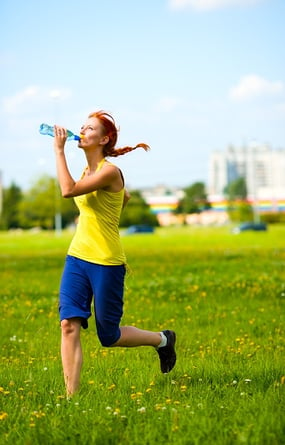 Hydration is just as important, or maybe even more important, than proper nutrition and a balanced training plan. Dehydration is the largest contributor to fatigue when training or running. Our body sweats to regulate body temperature and complete many other functions that keep us healthy. When our body loses fluid and electrolytes through these processes, it needs to be replaced.
Hydration is just as important, or maybe even more important, than proper nutrition and a balanced training plan. Dehydration is the largest contributor to fatigue when training or running. Our body sweats to regulate body temperature and complete many other functions that keep us healthy. When our body loses fluid and electrolytes through these processes, it needs to be replaced.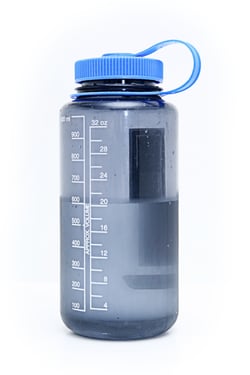
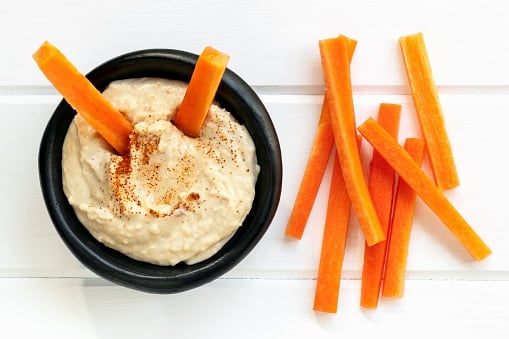 We all know that having a wonderful training program is important, but that’s only one piece of the pie. Another key part of successfully training for a half marathon or endurance activity is having proper nutrition
We all know that having a wonderful training program is important, but that’s only one piece of the pie. Another key part of successfully training for a half marathon or endurance activity is having proper nutrition